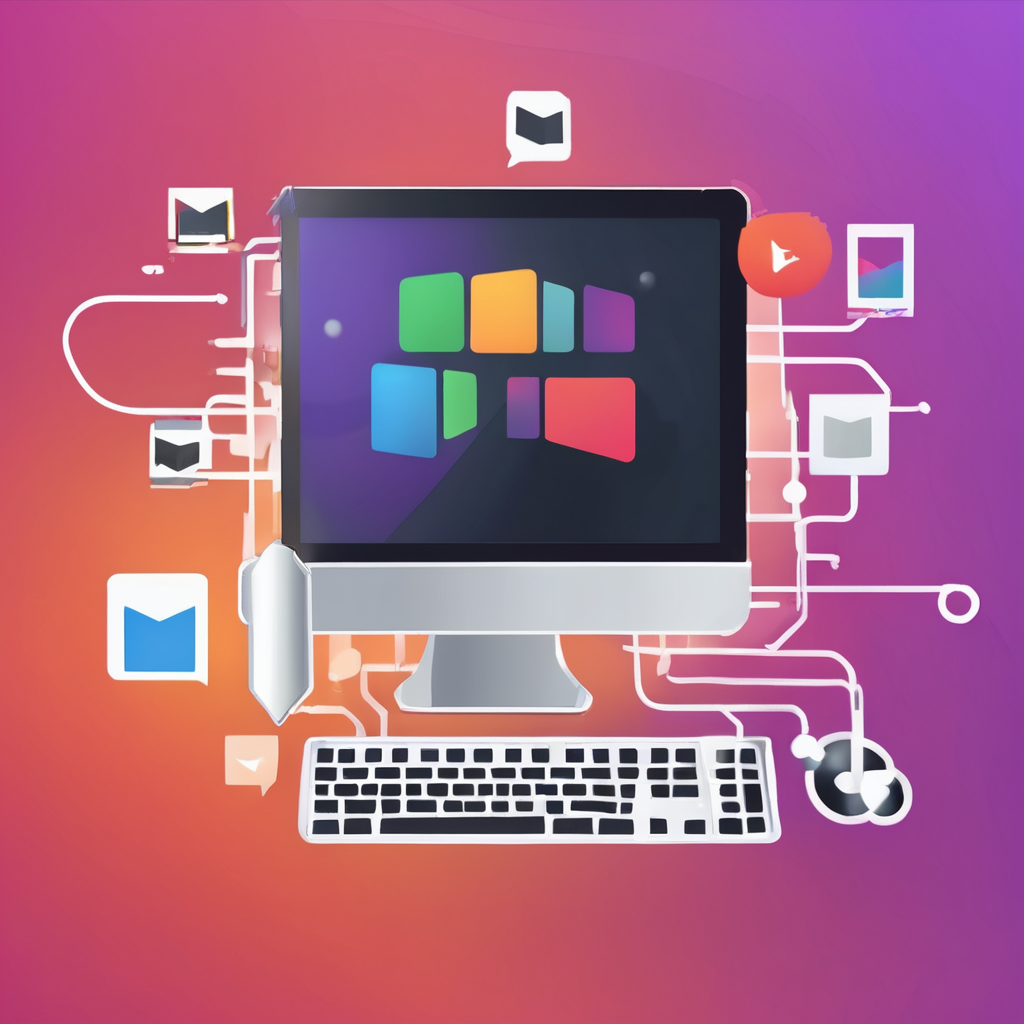Product Lifecycle Management (PLM) software transforms product innovation by connecting design, production, and compliance with sustainability goals. It streamlines data management, enhances collaboration, and reduces environmental impact—helping companies deliver greener products faster and more efficiently while maintaining quality and regulatory standards. Harnessing PLM means embracing a strategic tool that integrates technology and sustainability throughout every stage of the product lifecycle.
Understanding Product Lifecycle Management (PLM) Software and Its Core Functions
PLM software serves as the digital backbone for managing all product-related data, processes, and teams throughout a product’s lifecycle. It offers core features such as data centralization, process automation, and robust collaboration tools, enabling seamless cross-functional cooperation. Historically, PLM evolved from CAD file management to encompass comprehensive lifecycle solutions, integrating design, manufacturing, and sustainability.
Also read : How Does High-Tech Computing Transform Daily Life in the UK?
This evolution enhances product data management solutions, fostering better engineering collaboration tools and innovation management platforms. Companies like Siemens with their Windchill platform exemplify industry-leading PLM options, optimized for multi-industry design integration.
Moreover, PLM supports advanced digital product development, facilitating real-time design feedback, version control, and compliance management. Its ability to connect with ERP systems and leverage cloud-based lifecycle solutions accelerates time-to-market and improves product quality.
In parallel : Explore innovative AI voice overs to boost your creativity with playplay
By integrating sustainability tracking features and digital twin technology, PLM helps organizations adopt eco-friendly practices and enhance product reliability. As industries strive for digital transformation, PLM remains essential for aligning innovation with sustainability goals. Continue to reading on this page.
Benefits and Industry Applications of PLM Software
Product lifecycle management accelerates digital product development by centralizing data, processes, and teams within a single environment. This approach supports seamless cross-functional team collaboration, allowing departments like engineering, manufacturing, and service to interact efficiently with real-time design feedback and robust version control systems. BOM (bill of materials) management and automated workflow processes streamline complex product structures, reduce errors, and boost accountability throughout the product innovation lifecycle.
Industry-specific applications vary: in aerospace and defense, compliance and regulatory management are prioritized alongside digital twin technology to simulate scenarios and enhance product safety. The automotive sector leverages product data management solutions and agile product design methodologies to quicken product launch management, while MedTech relies on collaborative design reviews and quality assurance tracking for accurate regulatory submissions. In consumer electronics and fashion, PLM enables supplier collaboration platforms and iterative design improvement to match fast-changing trends, with cloud-based lifecycle solutions ensuring global product development and rapid process automation benefits.
PLM software also underpins sustainable product innovation techniques, integrating lifecycle analytics and reporting with sustainability tracking features. By providing supply chain visibility and supporting circular economy strategies, PLM tools allow teams to make proactive data-driven decisions that minimize environmental impact, fulfilling both regulatory and customer-centric product planning needs.
Future Trends and Key Considerations in PLM Implementation
Product lifecycle management continues to evolve with the integration of AI, cloud-based lifecycle solutions, and digital thread development. Organizations using advanced digital product development tools and engineering collaboration tools are accelerating innovation through predictive modeling and real-time design feedback. Artificial intelligence in product management automates change and release management, optimizes product configuration management, and enhances data analytics for product insights.
Embracing new technologies demands robust product data management solutions that support integration with platforms such as Windchill product data management and Teamcenter platform features. Best practices highlight the necessity of executive sponsorship and change champions to guide multi-industry design integration and support agile product design methodologies. Well-structured BOM (bill of materials) management and version control systems help standardize data and enable process automation benefits.
Compared to ERP systems, product lifecycle management provides the definitive single source of product truth, ensuring product quality improvement and manufacturing process optimization. The digital thread, enabled by cloud-based lifecycle solutions, connects supply chain visibility initiatives and supports compliance and regulatory management. This alignment enables sustainable product innovation techniques, enhances rapid prototyping support, and facilitates cross-functional team collaboration across global product development efforts.




